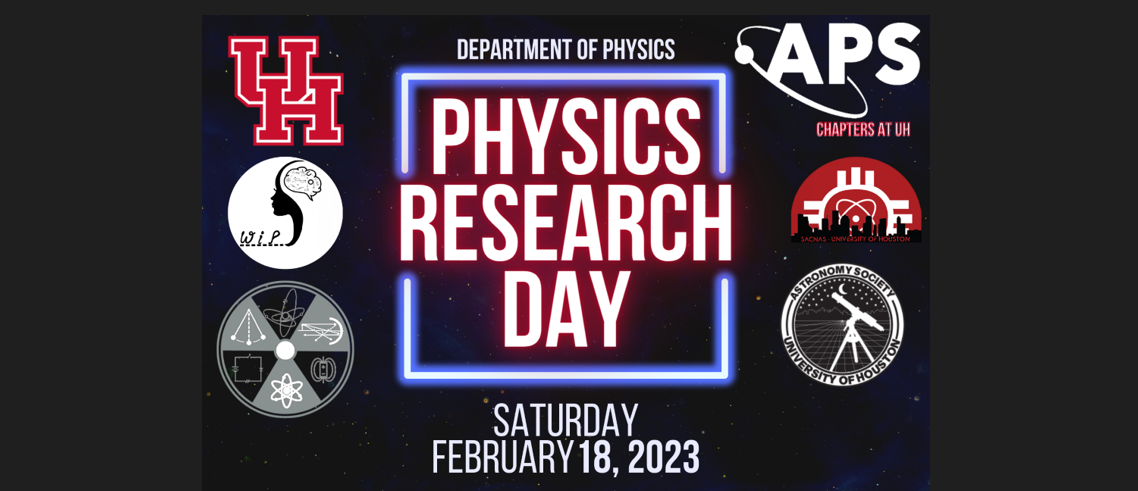Speaker
Description
When a source of sound waves is active near the ocean surface, sound waves travel through the water and beneath the seafloor into the earth. The waves reflect from impedance changes in the earth and return to the ocean surface where sound measurements are recorded to then be processed and analyzed. From this study, a “picture” of the subsurface can be obtained that includes details such as layer locations, rock properties and pore fluid content (hydrocarbons). This information is valuable to the oil industry, helping to improve probability of success in the exploration and production of hydrocarbons. The seismic sources used for these measurements are a key technology, and characteristics such as frequency bandwidth are important to seismic exploration objectives and oil industry success. An important area of research and method of analysis of recorded seismic waves is the inverse scattering series (ISS). The object of this study is to determine how a source with limited frequency bandwidth effects ISS and examine the impact that improving bandwidth has on achieving seismic processing goals. To pursue this study, the first two terms (1 and 2) of the perturbation parameter of the ISS were found for the case of a simple layered acoustic medium (no absorption or dispersion) with constant density and varying velocity. The study starts with an examination of normal incidence for a source with high frequencies missing, then for another one with low frequencies missing and lastly for a bandlimited one. The results are compared to the case when all frequencies are present to develop an understanding of the effects of missing bandwidth.
| Academic year | 4th year |
|---|---|
| Research Advisor | Dr. Mark Meier |
